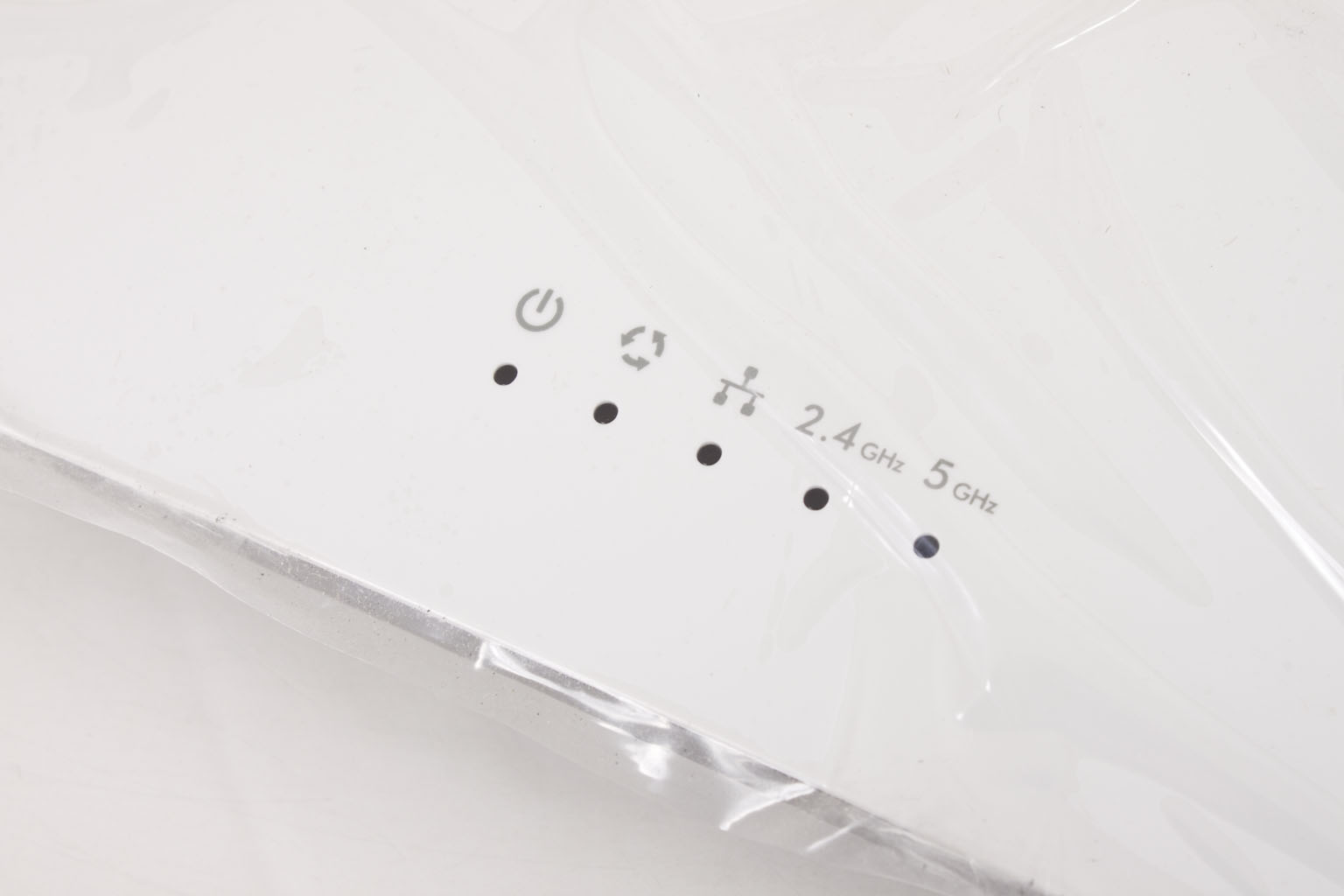Displaying items by tag: RADIUS
We take a look at the NETGEAR ProSafe WNDAP360 Dual-Band Wireless Access Point
 In my time in IT I have worked with a number of wireless devices for the consumer and for businesses. These have ranged everywhere from simple $40 products that are only meant to get you online (not fast, but online) to multi-component wireless systems costing thousands of dollars. All of these still use the same basic technology to get you connected and to pass traffic between your device and the internet. At their heart is going to be a wireless radio, but this does not mean that all wireless products are the same; quite the opposite in fact. There is a clear line between wireless for the average home and wireless for the average business. The factors are mostly in the software used and the features that you have at your disposal, but you also will often have more advanced hardware under the hood as well. Today we will be taking a look at standalone wireless access point that is aimed at the business market (although there are many things that consumers will like about as well). This is the NETGEAR WNDAP360 ProSafe Dual Band Wireless Access Point; let’s see if worth the $290 it will cost to put one of these in your office.
In my time in IT I have worked with a number of wireless devices for the consumer and for businesses. These have ranged everywhere from simple $40 products that are only meant to get you online (not fast, but online) to multi-component wireless systems costing thousands of dollars. All of these still use the same basic technology to get you connected and to pass traffic between your device and the internet. At their heart is going to be a wireless radio, but this does not mean that all wireless products are the same; quite the opposite in fact. There is a clear line between wireless for the average home and wireless for the average business. The factors are mostly in the software used and the features that you have at your disposal, but you also will often have more advanced hardware under the hood as well. Today we will be taking a look at standalone wireless access point that is aimed at the business market (although there are many things that consumers will like about as well). This is the NETGEAR WNDAP360 ProSafe Dual Band Wireless Access Point; let’s see if worth the $290 it will cost to put one of these in your office.
New Protocl may help to Secure Wireless
 Security is the bane of every network in the world. It is the reason why so many IT technicians end up burnt out or (in the case of men) bald. We all know that the only secure system is one that does not allow anything (and I mean ANYTHING) to connect, or input to the system. As soon as you connect a system to any type of input device or medium (say a network/the Internet) you open up vulnerabilities.
Security is the bane of every network in the world. It is the reason why so many IT technicians end up burnt out or (in the case of men) bald. We all know that the only secure system is one that does not allow anything (and I mean ANYTHING) to connect, or input to the system. As soon as you connect a system to any type of input device or medium (say a network/the Internet) you open up vulnerabilities.
Even the most sophisticated firewall can be gotten around with time, effort and some creativity. This is all just the wired networks; we have not even begun to talk about wireless networks. These handy security holes create a whole new level stress for the IT technician. After all with not much more than a laptop and the right Lunix ISO you can grab packets out of the air and find out the WEP, WPA and if you are patient enough even WPA2 keys. True you can add RADIUS (Remote Authentication Dial In User Service) and certificates into the mix if you have the budget, but what about the home user? Or even better… what about our cellular networks?
For a long time it was thought that wireless could be secured with simple encryption and trusted networks. Then we found that these data packets can be intercepted in route and either spoofed or blocked creating a security breach. This, in extremely simplistic terms, is a Man-in-the-Middle attack and it is a very dangerous one.
Fortunately some researchers at MIT have developed a protocol that can potentially prevent these be encoding a specific transmission sequence in the originating packet. The sequence is a series of ones and zeros (data and silence) that when put together indicate to the receiving party that this is the correct sender. It does this in multiple ways to prevent, blocking, Collision, and spoofing of packets which are used by the most common Man-in-the-Middle attacks. The nice thing about this new protocol is that it can be applied to almost any network including both 4G network types.
Source NetworkWorld
Discuss in our Forum
